Clancy Tucker's Blog, page 34
November 16, 2021
12 January 2022 - KOPU LIGHTHOUSE - ESTONIA
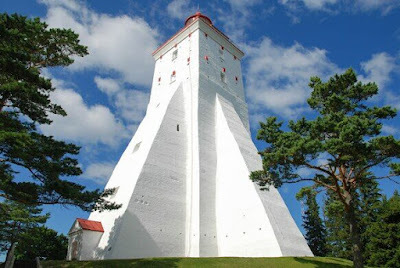
KOPU LIGHTHOUSE
- ESTONIA -
G'day folks,
One of the oldest lighthouses in the world has been in continuous use since it was first built in 1531.In the 16th century, the construction of a warning marker for risky and shallow waters around the island of Hiiumaa was ordered by the Hanseatic League in order to secure the important trade routes along the Baltic Sea. The structure was built about 40 years after the request and the lighthouse was completed in 1531. Initially, the building was just a stone tower without any rooms and was used as a daymark. For more than 100 years the tower was not lighted and could only be seen during daylight.
The light was introduced in 1649, when outside stairs were added and a fire was ignited every night. The most accessible material for burning was wood but soon nearby forests were exhausted. Live fire was also troublesome since it was often extinguished by storms and needed an entire team of workers to keep it alive.
In 1810, the tower was modernized. An inner stairway and windows were cut in the tower with some adjacent rooms for maintenance. A lantern room was added to the top and three oil lamps now provided the light. The system was replaced in 1860 with a rotating lantern. A new, more technologically advanced lantern was installed in 1901.
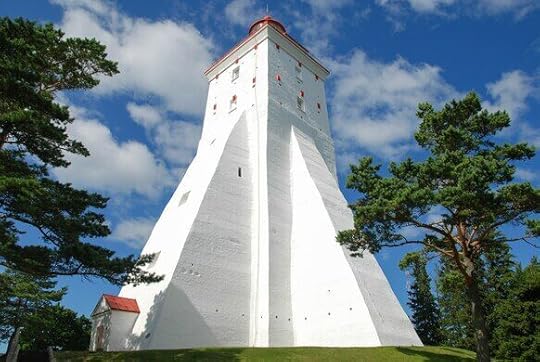

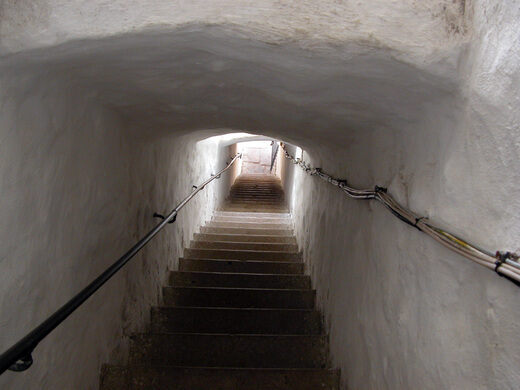
The tower was bombed during World War II, but only the lantern and optical systems were damaged. In 1963 the tower was fully automated and an experimental light system with a magnetic rotation mechanism was added.
Through all these changes, the outer view of the tower has remained largely unchanged. The general form is a square prism with heavy buttresses that are arranged by the compass directions. Major outer repairments were done in the 1970s. The building was covered with reinforced concrete and painted yellow. As later turned out the paint actually blocked humidity that was detrimental to the tower, so in 1989-90 some emergent restoration works were needed. It has been better maintained and overpainted many times after that.
The tower itself is 37.7 meters (124 feet) high and it is built on the highest point on the island, making the focal height 103.6 meters (340 feet). Although the building is not close to the sea, its elevated location makes it visible to 26 nautical miles. In 2020 the lights were changed for a new LED system that now makes Kõpu lighthouse one of the most powerful LED light sources in the world. It remains one of the best-known symbols on the Estonian island.
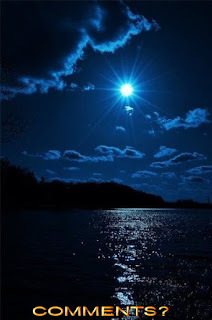
Clancy's comment: What an extraordinary construction.
I'm ...


November 14, 2021
11 January 2022 - TOWER OF HERCULES - OLDEST ROMAN LIGHTHOUSE
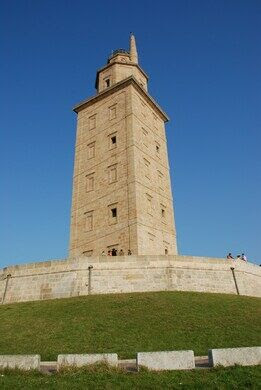
TOWER OF HERCULES
- OLDEST ROMAN LIGHTHOUSE -
G'day folks,
The oldest Roman lighthouse is still in use.
The ancient Tower of Hercules is easily the most well preserved lighthouse remaining from the classical Roman age, and it is also the only one still in use. According to myth, it also marks the resting place of one of Hercules’ greatest conquests.
Built around the 2nd century and originally known as the “Farum Brigantium” or “Brigantia Lighthouse” the structure looks as though it could have been built just decades ago. The beacon is located atop a small hill promontory that was likely chosen by its ancient Roman builders not only for its view of the sea, but the spot may also have been a sacred space dedicated to the demigod Hercules.
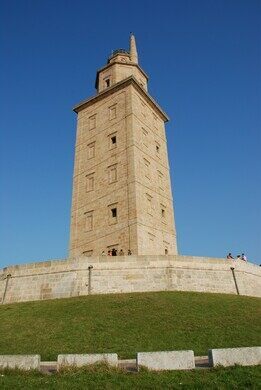
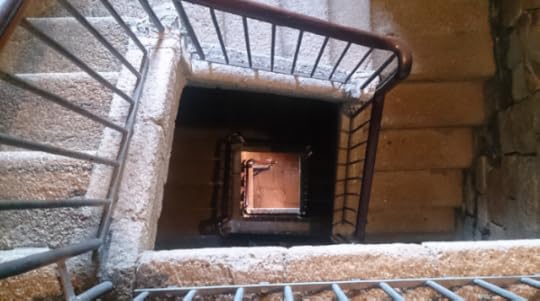
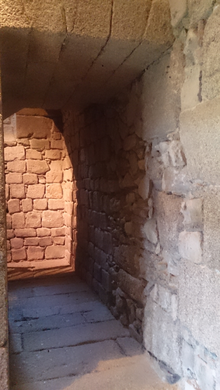
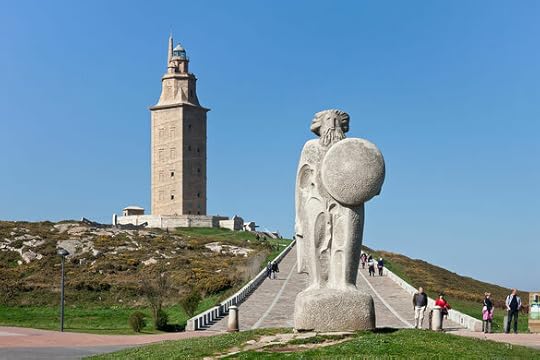
As part of one of the mythic Twelve Labors of Hercules, the super strong son of Zeus is said to have killed the giant Gerylon with an arrow dipped in Hydra’s blood. Then in a gesture that is more Celtic than Roman, the legend says that Hercules buried the giant with his weapons and ordered a city built atop the burial site. While the area where the tower is built was rather barren when it was originally built, the surrounding city of Corunna has sprung up around it across the millennia. While there are not actually titanic bones beneath the tower, the legend is so pervasive that an image of the tower atop a skull and bones is the centerpiece of the city’s coat of arms.
Today the Tower of Hercules is still used as a lighthouse. It was refurbished in the 18th century which accounts for its well preserved condition in the present.

Clancy's comment: This is in extraordinary condition, and still operating.
I'm ...


4 January 2022 -STUNNING FRAGAS DO EUME - SPAIN
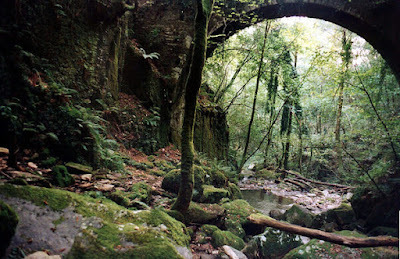
STUNNING FRAGAS DO EUME
- SPAIN -
G'day folks,
This enchanting natural park is a magical example of a temperate rainforest in Europe.The Fragas do Eume natural park is a 9,000 hectares of protected woodland in the Coruña province of Galicia, Spain. Its crowning jewel is the enchanting old-growth forest (or “fraga” in Galician) that lines the banks of the River Eume, from which the park gets its name.
The rainy weather and lack of human activity have allowed all kinds of flora and fauna to appear and live peacefully in this verdant landscape, including endangered species. Green mosses surround the visitor and create a fairy-tale aura, while the prehistoric ferns are especially remarkable and unique.
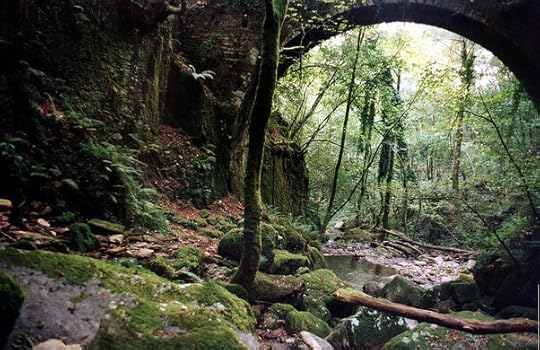
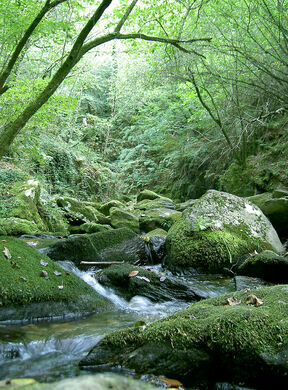
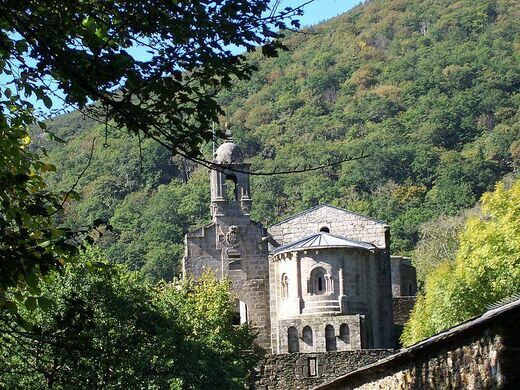
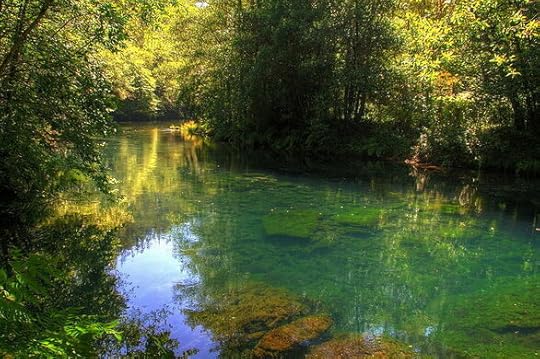
This park is also home to the ruins of the 10th-century monastery of Saint John of Caaveiro. In the same century, Rosendo, an important aristocrat and later Catholic saint, donated several cultivable lands by the right riverbank of the Eume and gave the order jurisdiction over neighboring villages. Abandoned in the 18th century, the building and nearby lands were later bought and restored in 1849.
The religious site is visitable on your own or by booking the official guided tour when you get there. The monastery boasts beautiful panoramic views from its windows, and you can also check out some walking routes that start at the ruins, one of those takes you to a small ruined stone mill and a waterfall.

Clancy's comment: Wow. A place worth visiting.
I'm ...


November 12, 2021
3 January 2022 - THE ENCHANTED FOREST - CALIFORNIA

THE ENCHANTED FOREST
- CALIFORNIA -
G'day folks,
Here is a grove of "candelabra redwoods" deep in California's Lost Coast.
Deep in the Lost Coast of Northern California, one stand of peculiar redwood trees survived multiple logging efforts that cleared most of the old-growth in the surrounding forest.
Salty ocean air and frequent harsh ocean winds through Shady Dell are thought to have caused these trees to fracture repeatedly but remain alive, and the broken trunks continue growing towards the sky, culminating in the bizarre candelabra-shaped forms we see today. Staff involved in redwood conservation say they’ve never seen redwoods twisted in this fashion anywhere else.
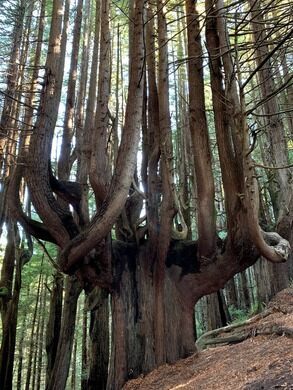
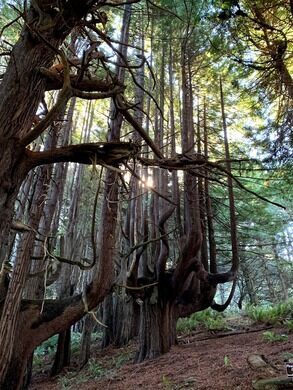
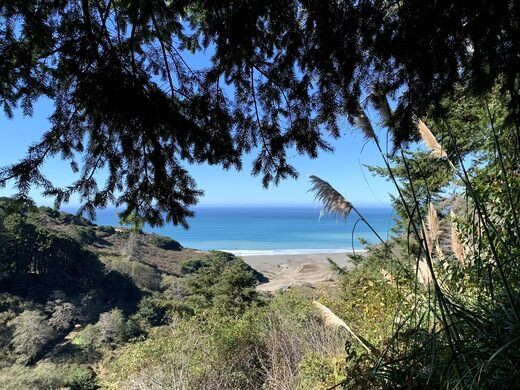
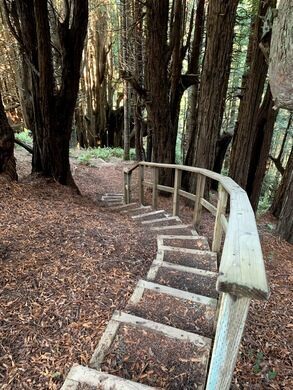
While their unique shapes make them beautiful to behold, it is thought that this is also what enabled them to survive the logging that carried off so much of California’s old-growth redwoods; they were too twisted to be of much use to the lumber mills.

Clancy's comment: Sad and mysterious, but nature refuses to give up.
I'm ...


November 11, 2021
2 January 2022 - STUNNING BLUE FOREST IN BELGIUM
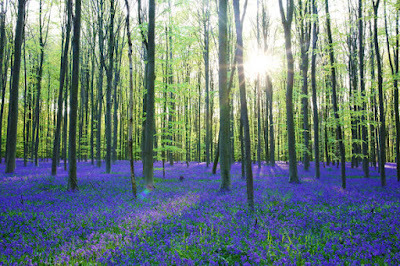
STUNNING BLUE FOREST
IN BELGIUM
G'day folks,
Each spring, a dreamlike carpet of bluebells overtakes the forest floor of these Belgian woods.Visit this Belgian forest at just the right time in the spring, and you’ll feel as if you’ve stepped into a dream.
The Hallerbos—also known as the Blue Forest—is covered with millions of bluebells from late April into May. The otherworldly transformation of the 1,360-acre woods has a floral carpet brushing up against the lean beech trees as far as your eye takes you. Visitors can stroll the winding paths, and watch for rabbits and deer that wander through the green and azure woods.
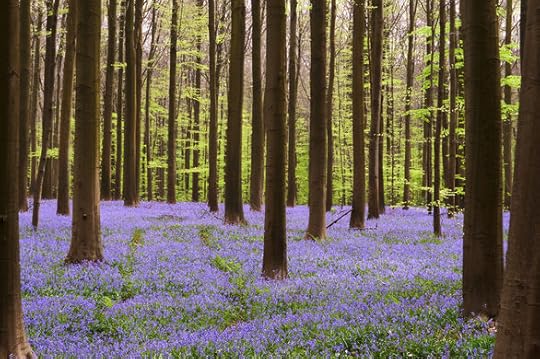

While the woods, located in the Halle municipality between Flanders and Wallonia, is not far from Brussels, it’s often overlooked by visitors. The phenomenon of “bluebell forests” is not uncommon in Europe, particularly in its oldest woods, but the Hallerbos is unique for the density and beauty of its blooms.
While Hallerbos is mostly known for its bluebells, the forest features nature of all kinds in every season including oak, ash, pine, beech, giant sequoia and larch trees. As well as wildlife such as squirrels, foxes and almost 100 different species of birds.

Clancy's comment: Stunning, eh?
I'm ...


10 January 2022 - SPECTACULAR PU CHI FAH - THAILAND
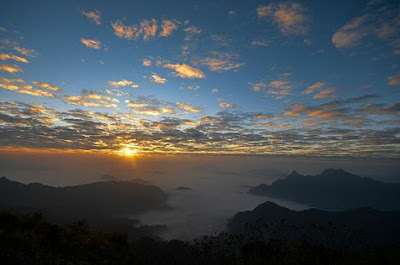
SPECTACULAR PU CHI FAH
- THAILAND -
G'day folks,
This mountain sunrise is one of the most breathtaking views in Thailand, yet well off the tourist trail.
Phu Chi Fah is a must for anyone seeking the perfect sunrise experience. Located on the Thai/Lao border, this mountainous area is several degrees removed from the mass tourism Thailand is known for. It is quite far (almost 60 miles) from the nearest city, Chiang Rai, and there are hardly any other sights in the vicinity. And let’s not forget that in order to get to the peak before dawn, you need to wind up and down rural roads in the dark. Yet, it is well worth it.
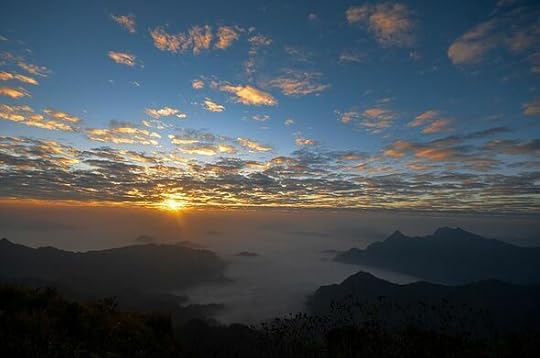
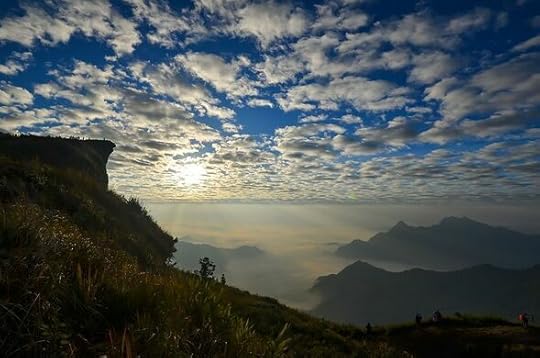
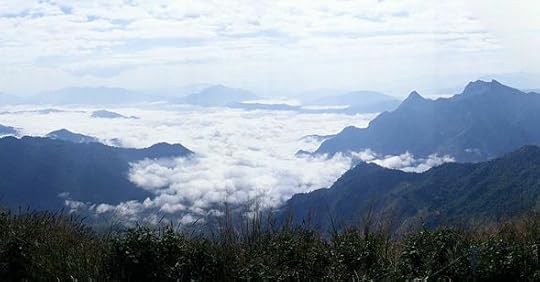
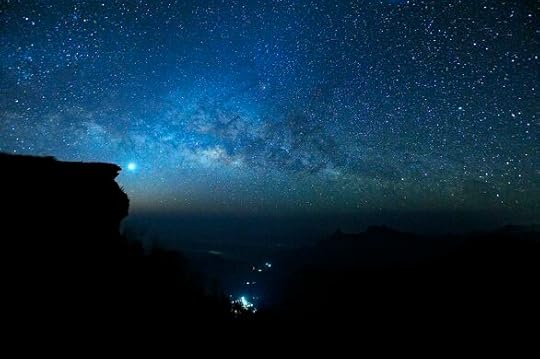
Once you’ve reached Phu Chi Fah before the sun rises, darkness begins lifting, and most days a thin layer of mist appears from the lowlands, forming a bed of fluff through which the higher hilltops peek through. This is the signature view of the Phu Chi Fah sunrise. Once the mist begins lifting, the view opens up, revealing forests, hills, valleys, farmland and the mighty Mekong River all the way to Laos and beyond. And above it all, colorful hues and shades turn the sky into an ever-changing work of abstract art.
The beauty of the Phu Chi Fah sunrise appears in many tourist brochures and posters, but its name is rarely mentioned, which also goes to explain why so few visitors make it here—that is international visitors, as Thai locals are very fond of this place. The Phu Chi Fah viewpoint is the top of a steadily rising mountain that terminates abruptly with a dramatic drop. The most photogenic spot is just before you arrive at the top, so that both the cliff and the misty blanket are in sight.

Clancy's comment: I can speak from experience about this area. In fact, it is mentioned in my current book. Sunrise and sunsets are stunning.
I'm ...


November 10, 2021
6 January 2022 - STUNNING BIGAR WATERFALL - ROMANIA
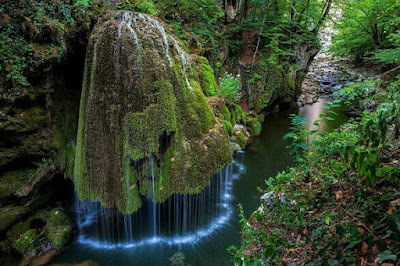
STUNNING BIGAR
WATERFALL
- ROMANIA -
G'day folks,
Moss and stone turn this waterfall into an otherworldly liquid veil.In Caras-Severin County in the western part of Romania, the amazing Bigar Waterfall is so lovely it is even called “the miracle from the Minis Canyon” by the locals.
Located in the Anina Mountains on the Mini River, the rounded waterfall is almost eight meters high, and falls over an unusual and dramatic green carpet of moss. Unlike more roaring falls, this waterwork flows over the apex of a fat, rounded stone, and is diverted into a sheet of countless small streams that issue from the bottom of the stone which juts out over the basin below.
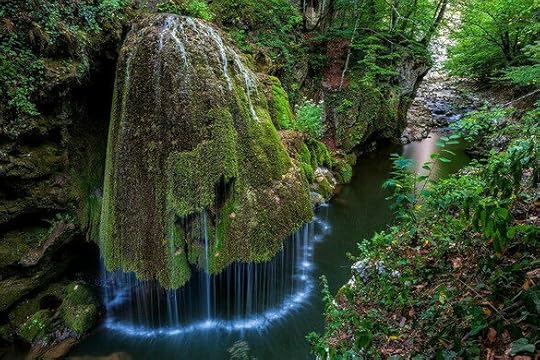
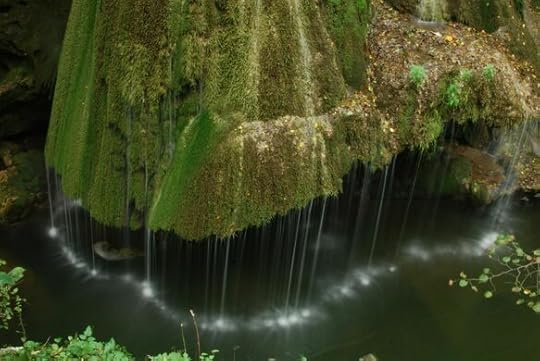
The otherworldly beauty of the site even earned it a place as the number one interesting waterfall in Romania.
Update as of June 2021: The waterfall collapsed in part from natural causes.

Clancy's comment: Nature is truly extraordinary.
I'm ...


1 January 2022 - DECEBAL'S HEAD - ROMANIA
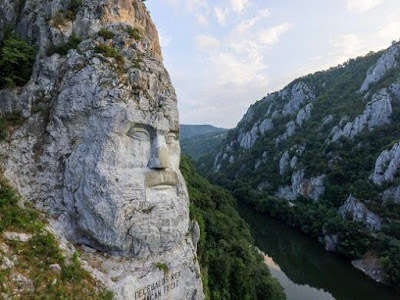
DECEBAL'S HEAD
- ROMANIA -
G'day folks,
A giant portrait of an ancient king looms over the river.
This 40-meter-tall bearded stone face overlooking the Danube River looks like something straight from Middle Earth. In reality, it’s the recent creation of a Romanian businessman.
Decebal (Decebalus the Brave One) was the last king of Dacia. He was also one of the mightiest rulers of this ancient kingdom. After reuniting fragmented Dacian tribes, he fought three wars against two Roman emperors before finally succumbing to the power of Rome in 106.
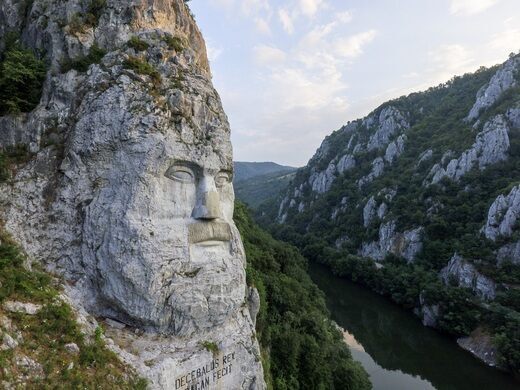
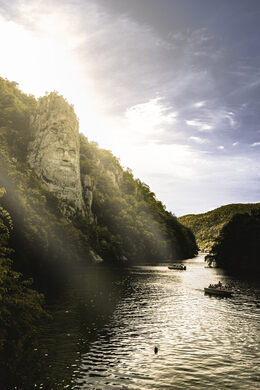 The national identity of modern Romania is still firmly rooted in its ancient Dacian heritage. This monumental stone portrait of Decebal is the brainchild of Iosif Constantin Dragan, a businessman and historian. It’s situated on the Romanian side of Danube, right opposite the Tabula Traiana, a memorial to the Roman conquest of Dacia. At 40 meters, it is is the tallest rock sculpture in Europe and took 10 years (from 1994 to 2004) for a team of 12 sculptors to complete.
The national identity of modern Romania is still firmly rooted in its ancient Dacian heritage. This monumental stone portrait of Decebal is the brainchild of Iosif Constantin Dragan, a businessman and historian. It’s situated on the Romanian side of Danube, right opposite the Tabula Traiana, a memorial to the Roman conquest of Dacia. At 40 meters, it is is the tallest rock sculpture in Europe and took 10 years (from 1994 to 2004) for a team of 12 sculptors to complete.Inscription on the statue is, somewhat ironically, written in Latin—the language introduced to Romania by Decebal’s enemies. It reads “DECEBALUS REX - DRAGAN FECIT” (“King Decebal - Made by Dragan”).
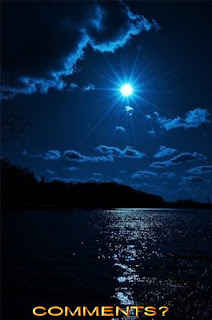
Clancy's comment: That is a massive statue.
I'm ...


November 7, 2021
25 December 2021 - WAT ARUN - THE TEMPLE of DAWN
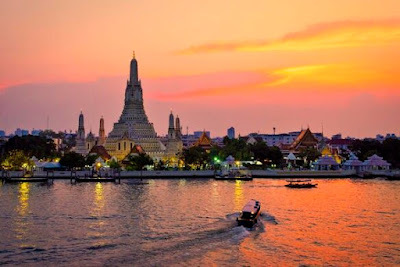
WAT ARUN
- THE TEMPLE of DAWN -
G'day folks,
This dazzling Buddhist temple was constructed from over one million ceramic tiles salvaged from a British shipwreck.Rising like a glittering palace over the western side of the Chao Phraya River, Wat Arun is one of Thailand’s most spectacular and oldest temples. The site is renowned for its colorful, glazed ceramic tiles (reportedly over one million of them) and its ornate central spire (or prang) that currently towers at over 260 feet (about 80 meters).
What makes the temple particularly unusual is the origin of its tiles: they were originally broken bits of Chinese dishes that were salvaged from a British shipwreck. The found porcelain pieces were then crafted into ornate flower petals and embedded into the prang to produce a glittering effect under the sun.
Named “The Temple of Dawn” during the Ayutthaya Period (1768), King Taksin came across the original site by boat after returning back from battle with the Burmese army. As he approached the city at sunrise, the king named the glittering spectacle after the Hindu god Aruna (who is the charioteer of the Sun god Surya). Later, King Rama III added the elaborate ceramic tiles, tiny seashells, Buddha statues, as well as its signature central pagoda spire.
Despite its name, the full scope of Wat Arun is perhaps best appreciated at sunset from the river. While visitors can see temple’s design touches in detail by day (including several Buddha statues and four other spires), it’s particularly beautiful when lit up to a radiant, glowing silhouette at night. If you do, however, visit during the day, it’s best to arrive right when the gates open at 8:30am or late afternoon just before sunset.
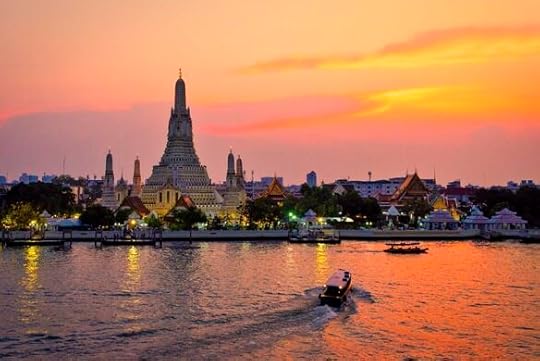
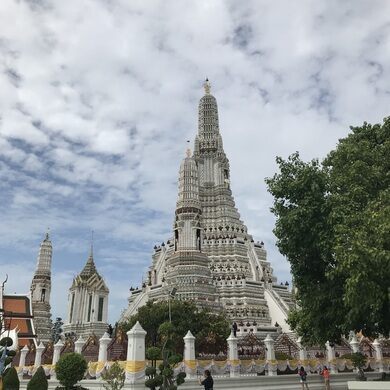

“Wat Arun’s full official name is Wat Arun Ratchawararam Ratchawaramahawihan – but you’re never going to remember that, let alone pronounce it!,” Pintida Harnpanpongse of Tourism Authority of Thailand tells Atlas Obscura. “It’s considered as one of the most iconic, most recognizable, and most beautiful temples in Thailand because of its unique design, fine craftsmanship, colorful decorated spires, and its majestic riverside location that stands right across from Wat Pho (the Temple of Reclining Buddha).”
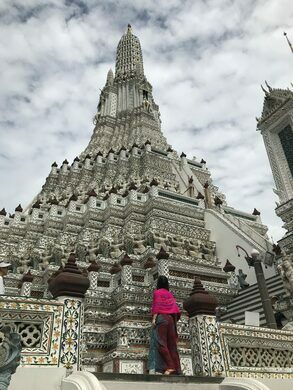
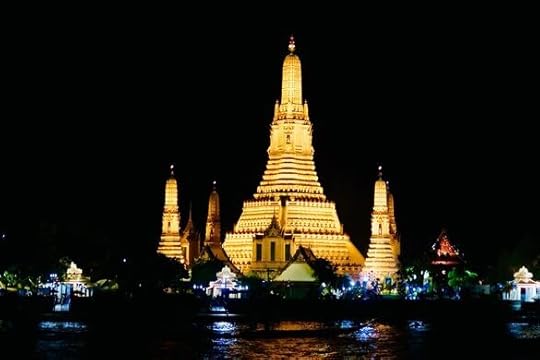
The central tower (prang) is said to symbolize Mount Meru—the home of the gods in Hindu cosmology and the center of the physical and spiritual universe—with its grand tiered design that resembles a stairway to heaven. “Surrounding the Prang there are three rows of statues: on the bottom row there are demons representing hell, the middle row [depicts] monkeys and represent the earth, and the top row are angels representing heaven,” says tour guide Thippy Thepthewi. “The Prang was built with similarity to Khmer architecture, but actually it is our Thai Rattanakosin style, since its slimmer and taller with indentions in the corner (which differ from the Khmer style).”
Wat Arun has also recently underwent an extensive three-year renovation to restore the Chinese porcelain tiles and seashells, as well as the base of the pagoda.

Clancy's comment: If circumstances were different, I would be in this city today. This temple is also mentioned in my current book.
Oh, Merry Christmas everyone.
I'm ...


November 6, 2021
31 December 2021 - LABRANG MEDITATION HUTS IN CHINA
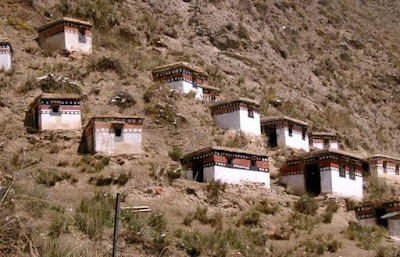
LABRANG MEDITATION
HUTS IN CHINA
G'day folks,
These picturesque structures speckle the hill above the monastery in Gannan Zangzuzizhizhou, China.At Labrang, monks wearing bright red garbs stroll around the main thoroughfare and the narrow alleys, mutter guttural chants in unison, and engage in heated philosophical debates. Being one of the largest monasteries outside of Lhasa, it’s not short of pilgrims, which can be seen circumambulating stupas, turning decorated prayer wheels, and reciting holy passages—and also thumbing through their smartphones.
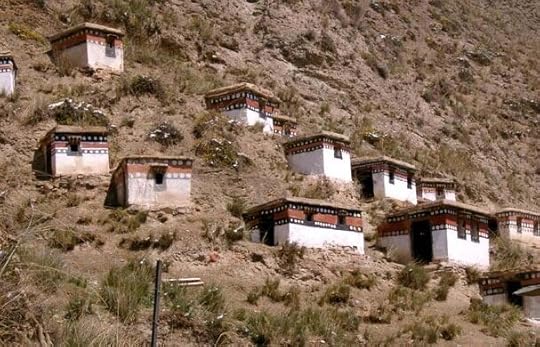

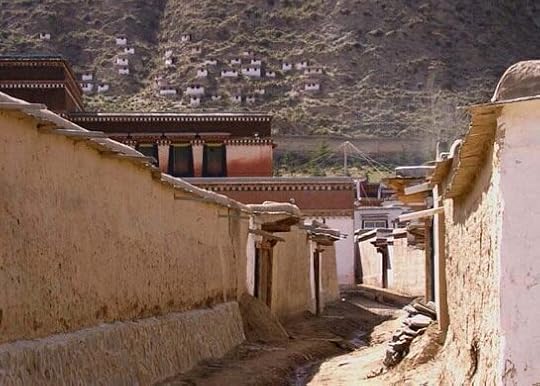
Yet, Labrang has something special to offer: meditation huts. The hill adjacent to the temple is dotted with tiny huts the monks use to meditate.
The view is reminiscent of Hobbit-like imagery. These huts are no bigger than four-feet-by-6.5-feet, with low ceilings, a door on the side, and one or two windows in front. These flat-roofed huts don traditional Tibetan patterns on the upper section of the external walls, while the lower portion is whitewashed using lime. The interior is Spartan to avoid unnecessary distractions.
While viewing the huts, it’s important to remember that tourists should not enter them. Monks use them for their retreats, so you must stick to observing the structures from the outside.

Clancy's comment: Solitude can be good for the soul.
I'm ...





